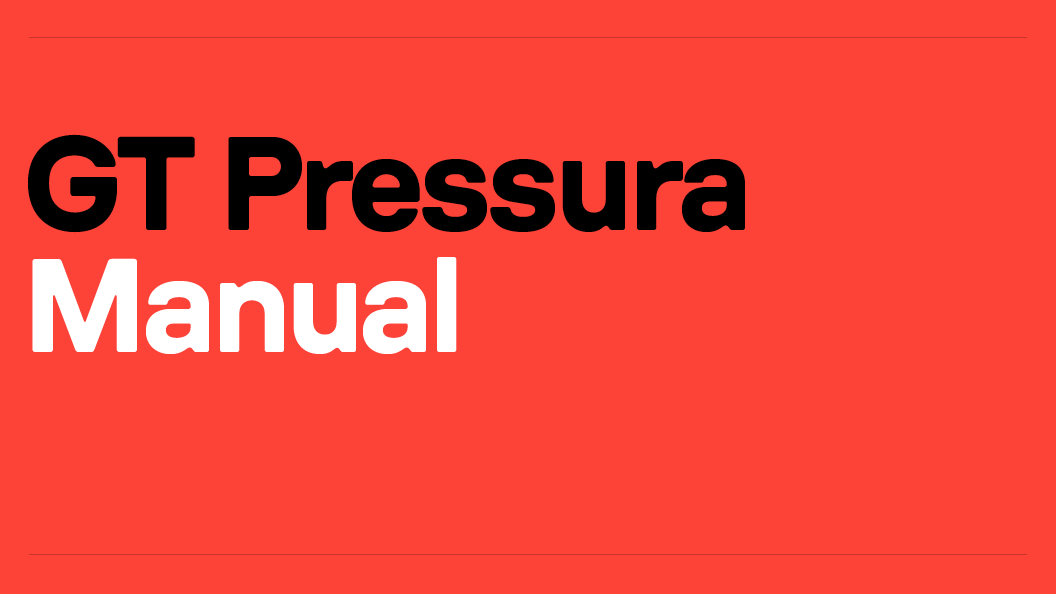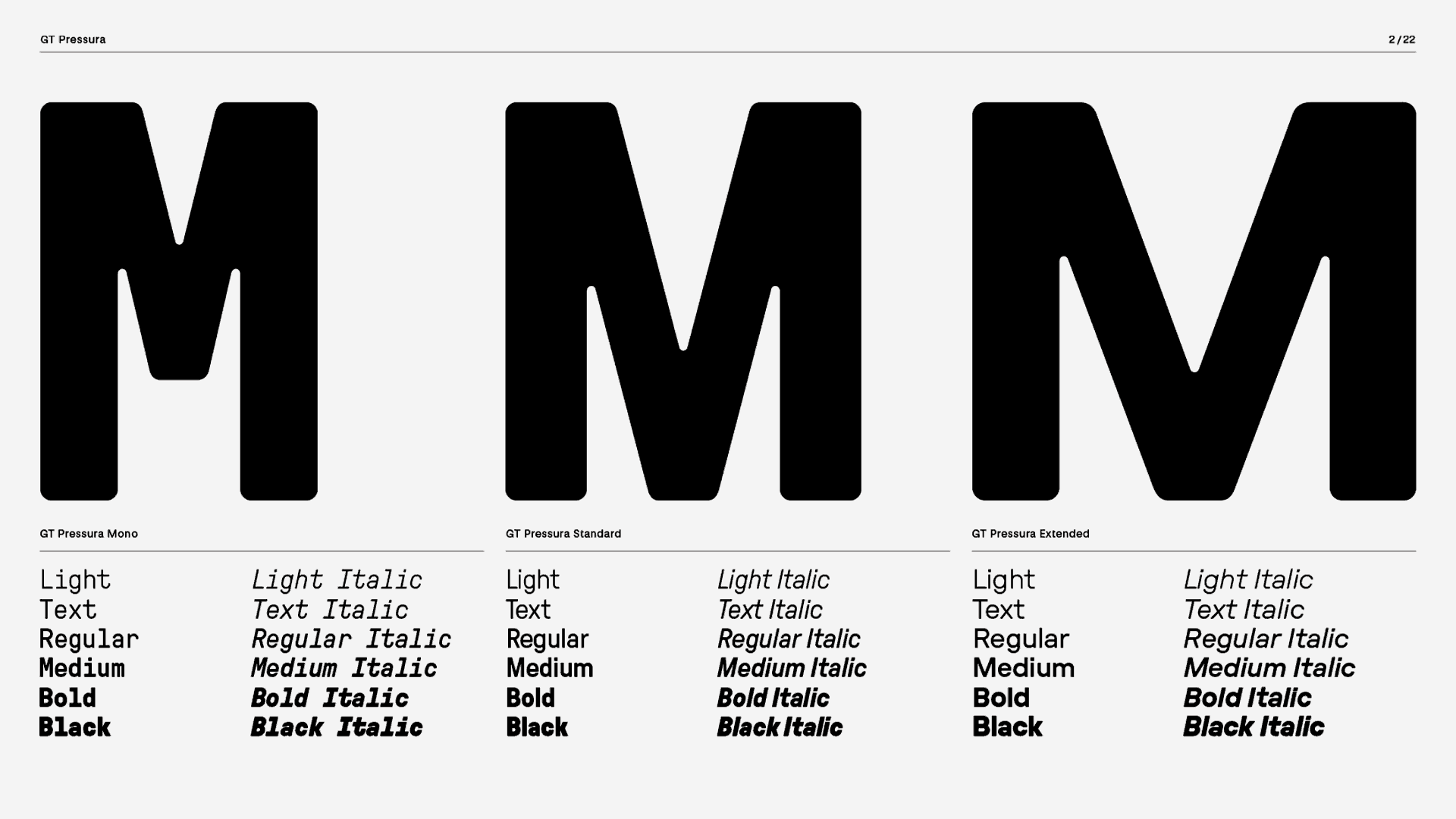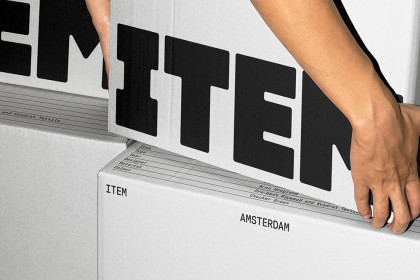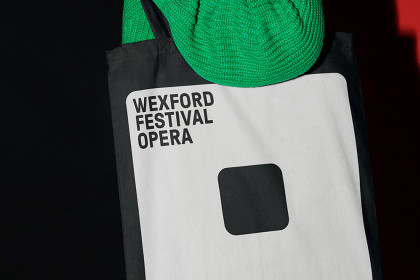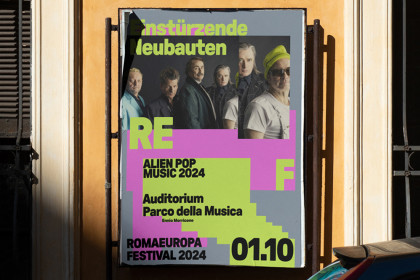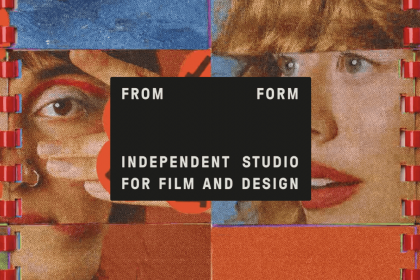GT Pressura
Family overview
- Standard
- Light Italic
- Text Italic
- Regular Italic
- Medium Italic
- Bold Italic
- Black Italic
- Mono
- Light Italic
- Text Italic
- Regular Italic
- Medium Italic
- Bold Italic
- Black Italic
- Extended
- Light Italic
- Text Italic
- Regular Italic
- Medium Italic
- Bold Italic
- Black Italic
Subfamilies
- Standard LightIn 1948 the U.S. Army Transportation Corps developed the "Transporter", a rigid, corrugated steel container, able to carry 9,000 pounds (4,100 kg).
- Standard Light ItalicThe Liverpool and Manchester Railway in the United Kingdom was one of these. "Simple rectangular timber boxes
- Standard TextIn 2010 containers accounted for 60% of the world's seaborne trade. The predominant alternative methods of transport carry bulk cargo – whether gaseous,
- Standard Text Italicно-фантастический фильм в жанре антиутопии, снятый на киностудии
- Standard RegularIn 2012 there were about 20.5 million intermodal containers in the world of varying types to suit different cargoes. Containers have largely supplanted the traditional
- Standard Regular ItalicSchenker AG, Berlin, Germany, Founded by Gottfried Schenker 1872 in Vienna
- Standard MediumNếu coi toàn bộ nền kinh tế là một cơ thể sống, trong đó hệ thống giao thông là các huyết mạch thì vận chuyển hàng hóa là quá trình đưa các chất dinh dưỡng đến nuôi các tế bào của cơ thể sống đó.
- Standard Medium ItalicThe average single piece of LTL freight is 600 kg (1,323 lb) and the size of a standard pallet. Long freight and/or large freight are subject to extreme length and cubic capacity surcharges.
- Standard BoldThis system used roller containers for transport by rail, truck and ship, in various configurations up to 5,500 kg (12,100 lb)
- Standard Bold ItalicSchenker AG, Berlin, Germany, Founded by Gottfried Schenker 1872 in Vienna
- Standard BlackBased on the Transporter, the size and capacity of the Conex were about the same, but the system was made modular, by the addition of a smaller, half-size unit of 6 ft 3 in (1.91 m) long, 4 ft 3 in (1.30 m) wide and 6 ft 10 1⁄2 in (2.10 m) high.
- Standard Black ItalicPuts people on streets
- Settings
Typeface information
GT Pressura is inspired by metal type printing history as well as engineered letters stamped onto shipping boxes. It uses the visual gesture of ink spreading under pressure as a stylistic device, offering an alternative to more spindly typefaces of the digital age.
Typeface features
OpenType features enable smart typography. You can use these features in most Desktop applications, on the web, and in your mobile apps. Each typeface contains different features. Below are the most important features included in GT Pressura’s fonts:
- TNUM
- Tabular Figures
13.07.2048
- SS01
- Alternate a
React
- CASE
- Case sensitive forms
¿TE GUSTA?
Typeface Minisite
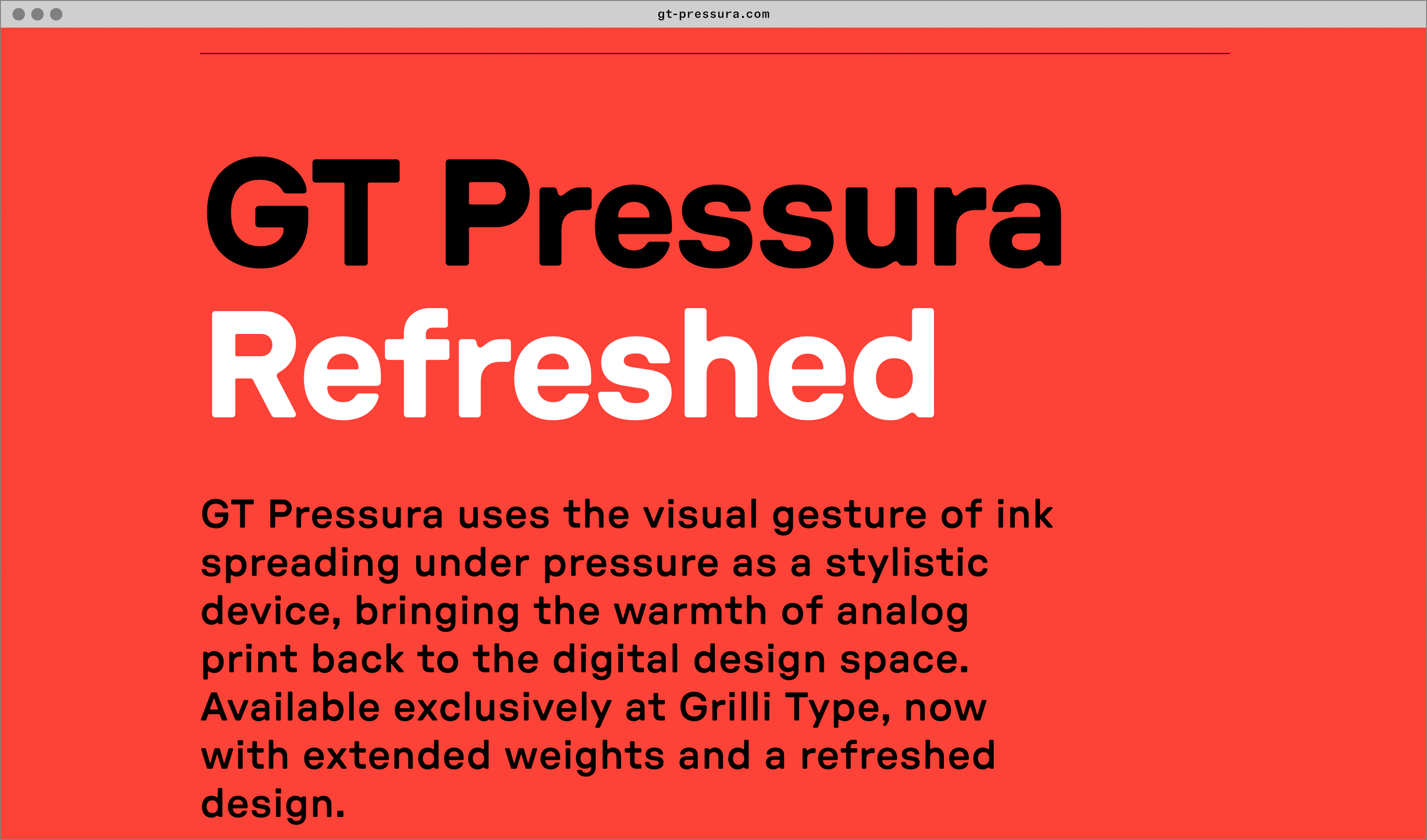
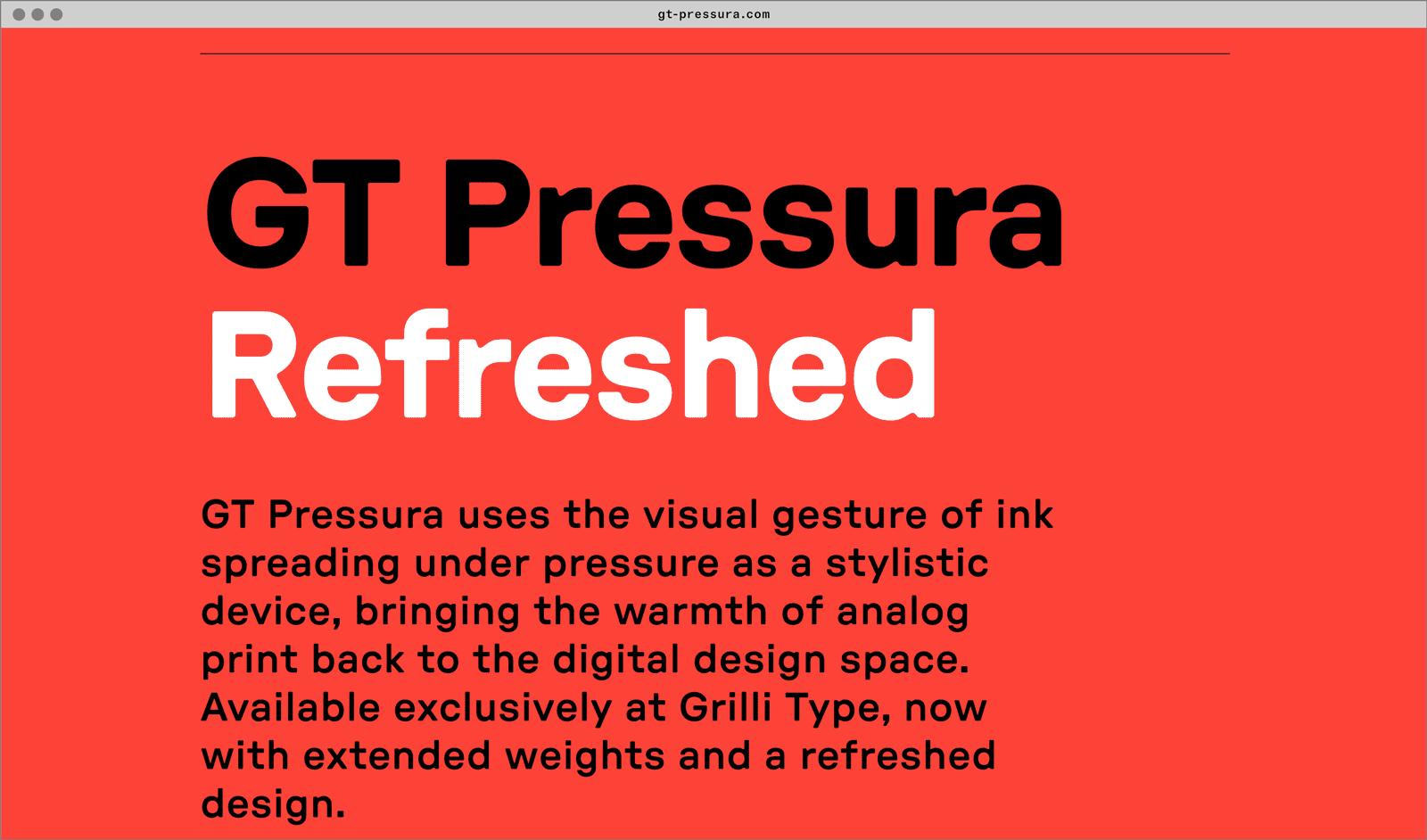
- Visit the GT Pressura minisite to discover more about the typeface family’s history and design concept.
GT Pressura in use
